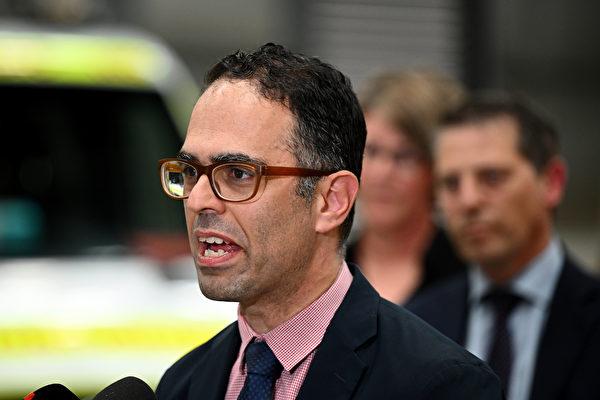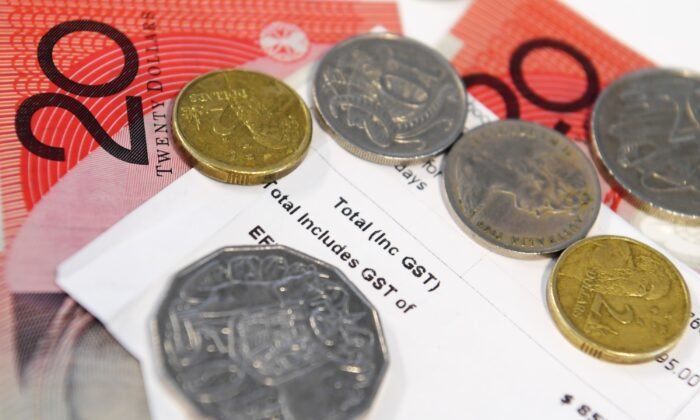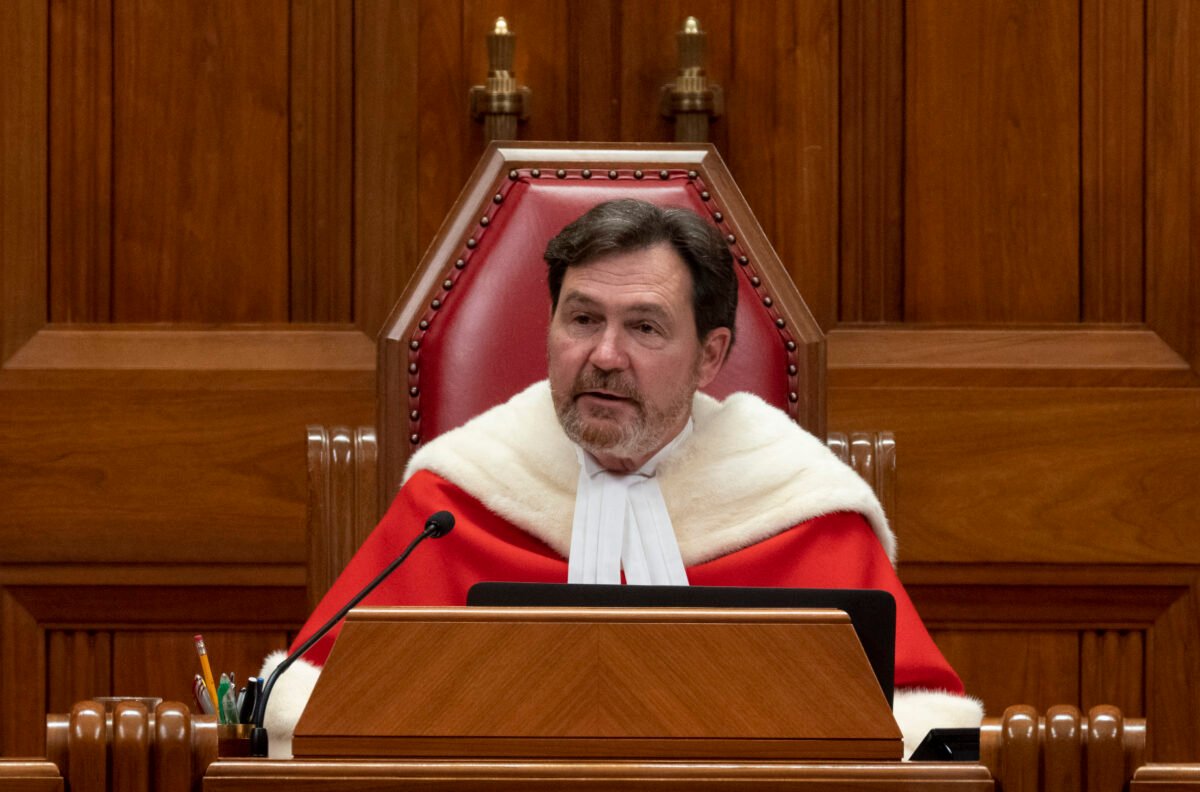NSW Faces Higher Costs from GST Redistribution than from COVID-19
‘Our share has plummeted to 87 cents for every dollar paid in GST in this state,’ stated the state treasurer.
The treasurer of New South Wales (NSW), Daniel Mookhey, has raised concerns about the GST redistribution by the federal government, predicting that it will lead to the state losing its AAA credit rating and incur losses of almost $12 billion over the next four years—exceeding the impact of COVID-19 policies.
Addressing the McKell Institute in Sydney, the treasurer warned that the proposed changes would result in the equivalent of 9,000 healthcare workers, 19,000 teachers, or 16,000 police officers being left unfunded, causing a substantial financial setback.
‘This cannot go on,’ Mr. Mookhey emphasized, labeling the decision as ‘an absurd GST decision’ and suggesting that distribution should be based on a state’s population share.
Mr. Mookhey estimated that NSW stands to lose $11.9 billion (US$7.7 billion) over the upcoming four years.
‘The commission’s ruling will result in NSW suffering greater revenue losses than the impact of COVID-19… NSW has never experienced such a sudden decline in GST… Our share has dwindled to 87 cents for every dollar paid in GST in this state,’ he explained.
‘It is highly likely to lead to a downgrade.’
Currently, NSW holds AAA ratings from global credit rating agencies Moody’s and Fitch, despite being downgraded from Standard and Poor’s to AA in 2020.
A rating of A or higher suggests the ability to meet financial obligations, but downgrades imply higher borrowing costs for a state.
GST funds are collected by the federal government and distributed to states and territories based on horizontal fiscal equalization (HFE) principles. This means that states with lower revenue-raising abilities receive more GST revenue compared to states with stronger capacities.
HFE aims to ensure that each state can offer services and infrastructure at an equivalent standard with the same level of effort if each state applies the average tax rate. However, it can lead to significant funding variations among states and territories.
The distribution of GST is determined by the Commonwealth Grants Commission (CGC), an independent body that assesses each state’s fiscal capacity considering factors such as revenue-raising capacity, expenditure needs, and external circumstances like population growth—particularly relevant for NSW.
As of now, the GST relativity floor, which is the amount of GST each state receives per person, is strongest in the Northern Territory, while Western Australia’s GST share was guaranteed to increase in 2018 for 2023–24.
Australia’s two largest states, NSW and Victoria, receive less due to their capacity to raise additional funds through mining resources.
NSW, which currently receives the lowest per-person GST share, has been advocating for per-capita GST distribution. The federal government is expected to make up the difference from the larger pot for states not meeting their relativity ceiling.

Protecting Families Now Becomes the Focus
After reducing gross debt by $13 billion in the previous financial year, and despite a forecasted surplus for 2024/25, the anticipated losses from the GST shortfall are expected to reset the state’s financial progress, according to Mr. Mookhey.
Despite the forthcoming downgrade, the treasurer emphasized that the forthcoming budget’s focus is on easing the burden of the cost of living crisis.
‘I believe safeguarding family budgets takes precedence over the AAA credit rating, and having the flexibility to manage the risk of recession is more critical than the AAA in the current economic context,’ he stated.
‘I recognize that many families are still facing challenges. I want to reassure them that we are making strides and will persevere despite this setback.’
In an article for the Sydney Morning Herald, Mr. Mookhey stressed the importance of fiscal discipline, highlighting that ending the privatization of essential services would bring relief.
‘By lowering the state’s gross debt by $14.8 billion, we could allocate additional funds to essential workers, as we are reducing our debt servicing costs by $2 billion,’ he concluded.
Federal Assistant Treasurer Stephen Jones informed ABC Radio that ongoing discussions with the NSW government are focused on distributing funds in critical areas such as health and addressing the housing crisis.
‘We are in talks with NSW and other states regarding a new health and hospitals agreement. We are also discussing the NDIS and have allocated record funding of $2 billion last year alone for housing,’ he confirmed.






